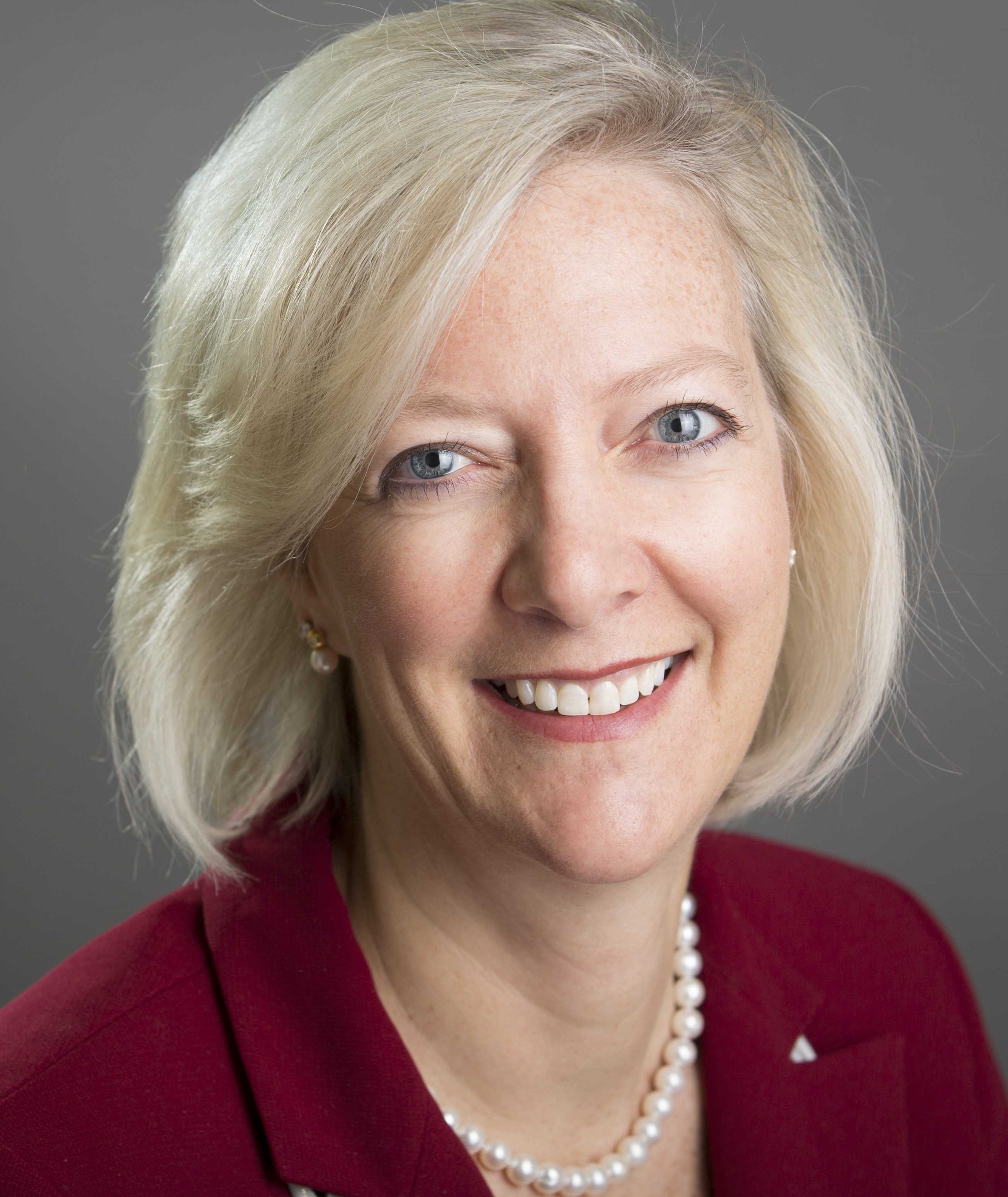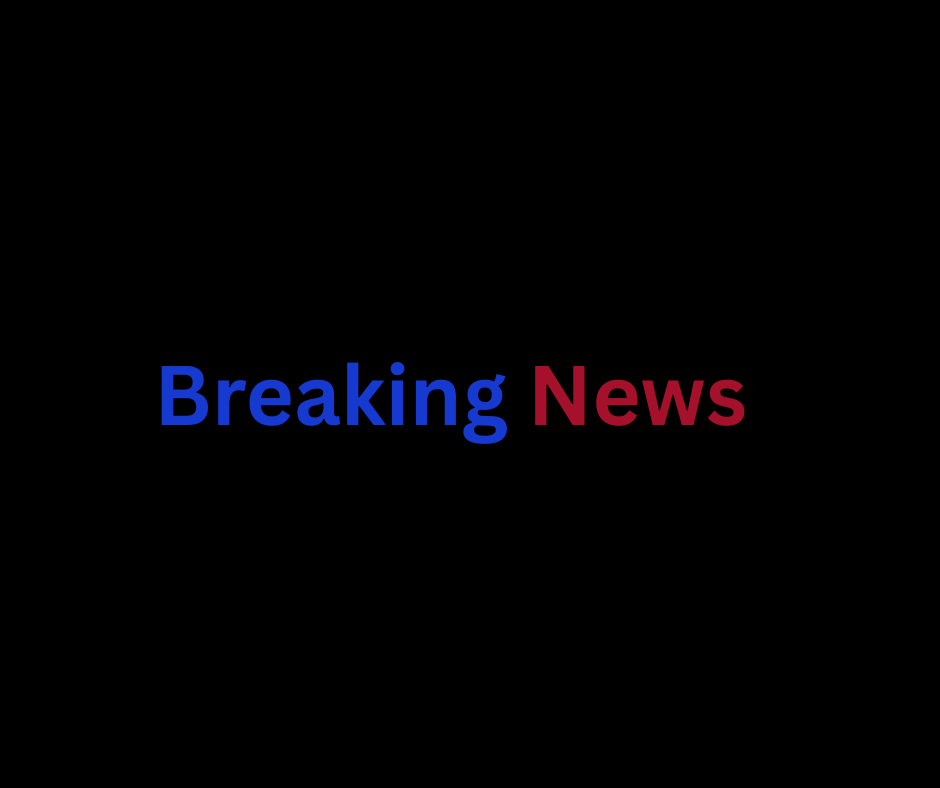The third week in January saw the visits of two of the four COCC president candidates, Dr. Leah Bornstein and Dr. Jimmie Bruce. Each candidate was quickly swept up in a whirlwind of campus tours, meetings and interviews with students, faculty and the larger community.
Each candidate sat down to exclusive interviews with The Broadside to discuss everything from their backgrounds in education to what they’ve learned about the campus during their visits and what they see for the future of Central Oregon Community College.

First to visit the campus was Dr. Leah Bornstein whose love of college led her to leave her path as a clinical psychologist and pursue a path that would lead her to becoming the president of Coconino Community College in Flagstaff, AZ.
“I loved college,” said Dr. Bornstein. “You name it, I did it. I loved, loved college. And that’s really where I think I grew up and found myself.”
Dr. Bornstein has spent over 27 years in the education field: “I’ve worked in larger universities, smaller state colleges, community colleges, public, private. I’ve worked within our country and abroad. I bring a breadth and a depth of knowledge about higher education to the table.”
If named the next president of COCC, Dr. Bornstein plans to spend several months getting to know the college, students and staff to better understand what the next steps for the college will include.
“It takes me a good while to do that and when I meet with folks, I usually ask those questions: what is your impression of COCC, what do you think are its strengths, what are areas where it’s challenged or needs to grow, are there any gaps, what do you suggest. Then I compile all that information, see if there are any themes, then I bring that back to campus and say okay, this is what I’ve learned, do we want to do anything with this information. And then that informs us to create a vision or create the next part of that conversation about where we want to go from here. What are our strength, what are our weaknesses. Those kinds of things. Really, to me, Its a larger process and a larger communication with the key stakeholders of the institution: students, faculty, staff, community members, business leaders.”
In terms of future goals for the university, Dr. Bornstein plans to continue that process of learning as much as possible.
“COCC is doing some very interesting things and I would love to be a part of that,” said Dr. Bornstein,” said Dr. Bornstein. “My first goal, obviously, is to get to know COCC, get ot know the students, get to know the faculty, the staff, the administration, get to know the community, about the state of Oregon, really just learn about you.”
“The second goal would be: I’m very interested what the college is doing with regard to student success initiatives and really supporting students and learners moving through their pathway,” continued Dr. Bornstein.
As a board member for a couple national policy organizations that support community colleges, part of Dr. Bornstein’s goals for COCC’s future would also include bringing “ forward some of what COCC is doing to that national conversation because I think you’re doing some things that could be ‘best practices’ for other institutions, that they could learn from and perhaps adopt as well. That would be exciting for me.”
To achieve these goals, Dr. Bornstein talked about a “community conversation,” which she described as “how we as a community continue to value the college and invest in the college, not only financially, but in terms of human resources and partnerships”
“I think partnerships is one way to discuss how we continue to grow, if we’re talking specifically facilities, then certainly partnerships within various areas of mixed-use kinds of buildings and facilities and how those communities, not just Bend, but all of our communities engage in that development and that process,” continued Dr. Bornstein.
“I’m one of those folks that I don’t mind asking the question and throwing out all crazy sorts of ideas and let’s try some of them and see what works,” said Dr. Bornstein of just one of her strategies for figuring out what will work for the institution. “And if it doesn’t then we stop doing it and we try something else.”

Second to visit the campus was Dr. Jimmie Bruce, Vice President of Academic Success at Northwest Vista College in San Antonio, TX, who stays in touch with students by teaching at least one class each year, which he has done for the past 12 years, as he pursues his career as a college administrator.
When asked what he saw for the future of COCC, Dr. Bruce said “the future is bright.”
“Community colleges are it in the United States and it’s great to hear the president of the United States talking about […] the value of community college. I think the future is bright. I think the future is bright for Central Oregon Community College and community colleges in general. I think we are, more and more, going to be on the forefront of delivering education, training and really meeting community needs.”
One of Dr. Bruce’s goals would include ensuring a cohesive future between COCC and OSU-Cascades.
“Having listened to some of the major concerns that some people have, I think one of the goals would be to form a strong, solid partnership with OSU-Cascades because I think there’s a lot of anxiety about that institution beginning to offer the first two years and I think one of the goals would be to […] sit down with the leadership there and really articulate a partnership. I think it should be a formal partnership,” continued Dr. Bruce. “Let’s work together to best serve the students in this community and see how can we do that. And so really one of the first goals would be to make sure that we had a really strong, positive relationship moving forward given the fact that there’s a lot of anxiety right now about how that is going to affect, really, both institutions.”
When asked what he thought about some of the college’s strengths and weaknesses, Dr. Bruce spoke about his observations regarding what the college’s strengths are and what seems to concern the COCC community most.
“After being on campus, it’s easy to see the strength of the people. People love being here [and] people love the college, you can tell,” said Dr. Bruce. “The college is only as strong as the people who are making it work, […] they value the college and the work that is going on. It’s obvious that they are engaged and care very deeply about who their president is going to be and what the future holds.”
“In terms of weaknesses, I haven’t really had the opportunity to really talk enough about weaknesses,” continued Dr. Bruce. “I know there are concerns. I know there are concerns about enrollment. There’s an enrollment decline. I know that OSU-Cascades coming in is a concern. I know that there seems to be some anxiety about student housing opening on campus. I would not say those are weaknesses. I would just say that I’ve picked up on some concerns and that whomever is going to be here is going to have to be central in helping work through those things.”
One of the strengths that Dr. Bruce would bring to the position would include his ability problem solve and be resourceful in terms of funding for the college. Dr. Bruce helped has helped to secure grants for his previous institutions that were used for new technology, math, statistics and developmental education.
“If you wait around for the state funding to get better, it’s not,” said Dr. Bruce. “It’s not ever going to get better. It’s not going to get better in Oregon, it’s not going to happen in Texas, it’s not going to happen anywhere. It’s just the nature of where we are in higher education. We have to look for external funding. I’ve enjoyed great success in getting folks interested in pursuing grants. There’s money out there, you just have to go get it. It’s not going to arrive on your doorstep. You have to actively pursue it.”
Kelli Pangle | The Broadside
(Contact: [email protected])














